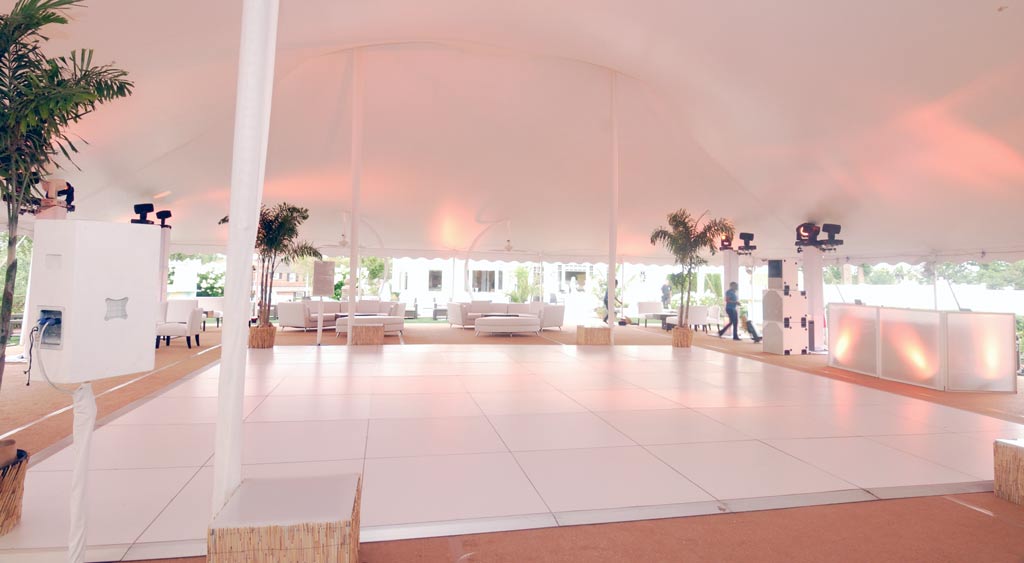Exploring the Advantages and Drawbacks of Timber and Vinyl Performance Surface Components for Optimal Functionality and Aesthetics
Exploring the Advantages and Drawbacks of Timber and Vinyl Performance Surface Components for Optimal Functionality and Aesthetics
Blog Article
As it comes to choosing the right dancing floor substance, timber and vinyl are two common options that dancers and studio proprietors often evaluate. Each substance has its own unique benefits and drawbacks that can affect performance, safety, and visual appeal. Comprehending these variations is crucial for making an informed choice that satisfies the needs of dancers and improves the overall experience in a dance space or showcase space.
Wood dancing surfaces are often preferred for their traditional look and feel. They provide a organic surface that can absorb impact, which is advantageous for dancers who execute intense actions. The flexibility of timber helps reduce the risk of harm, such as twists and strains, by offering a supportive area. Additionally, timber surfaces can be restored, allowing them to maintain their look over time. This longevity makes them a sustainable asset for dancing spaces. However, wood surfaces can be more expensive to install and upkeep compared to vinyl options, and they may need consistent maintenance to avoid bending or damage from humidity.
Conversely, vinyl dancing surfaces offer a variety of benefits that make them appealing to many dance spaces. One of the main benefits of synthetic is its cost-effectiveness. Vinyl surfaces is generally more affordable to purchase and install than timber, making it a cost-effective option for spaces. Furthermore, synthetic is offered in a variety of colors and patterns, enabling for greater customization to align with the style of the area. Vinyl surfaces are also easier to maintain and upkeep, as they are impervious to marks and water. However, some dancers may find that synthetic does not provide the same level of impact cushioning as wood, which could result to discomfort during extended practice periods.
Another crucial factor to consider is the type of dance being executed. Different dancing genres may demand distinct floor surfaces for optimal execution. For instance, ballet dancers often prefer wood floors because they provide a solid area for turns and leaps. In comparison, styles like urban dance or jazz may gain from the non-slip properties of vinyl. It is essential for dance studio owners to take into account the primary dance genres taught in their space when choosing a surface substance. This consideration can help guarantee that performers have the best possible environment while practicing and executing.
Visual appeal also play a significant role in the decision-making process. Wood surfaces dance floor vinyl wrap for charity events are often linked with sophistication and tradition, making them a popular option for elegant dancing studios and performance venues. The organic grain and warmth of timber can establish a inviting atmosphere that improves the general feeling for both performers and audiences. Conversely, vinyl floors can be crafted to mimic the appearance of timber or alternative substances, offering a modern and chic look. The decision between timber and vinyl can ultimately hinge on the desired atmosphere of the area and the impact that dance studio proprietors want to establish.
In summary, both wood and vinyl dance surfaces have their own collection of advantages and disadvantages that can impact execution and visual appeal. Timber floors offer durability, impact cushioning, and a classic appearance, while synthetic surfaces offer cost-effectiveness, ease of maintenance, and styling flexibility. The decision between these materials should be based on the specific requirements of the performers, the kinds of dance being taught, and the overall vision for the studio. By carefully considering these factors, dance studio proprietors can create an environment that supports optimal performance and improves the enjoyment of dance for everyone participating.